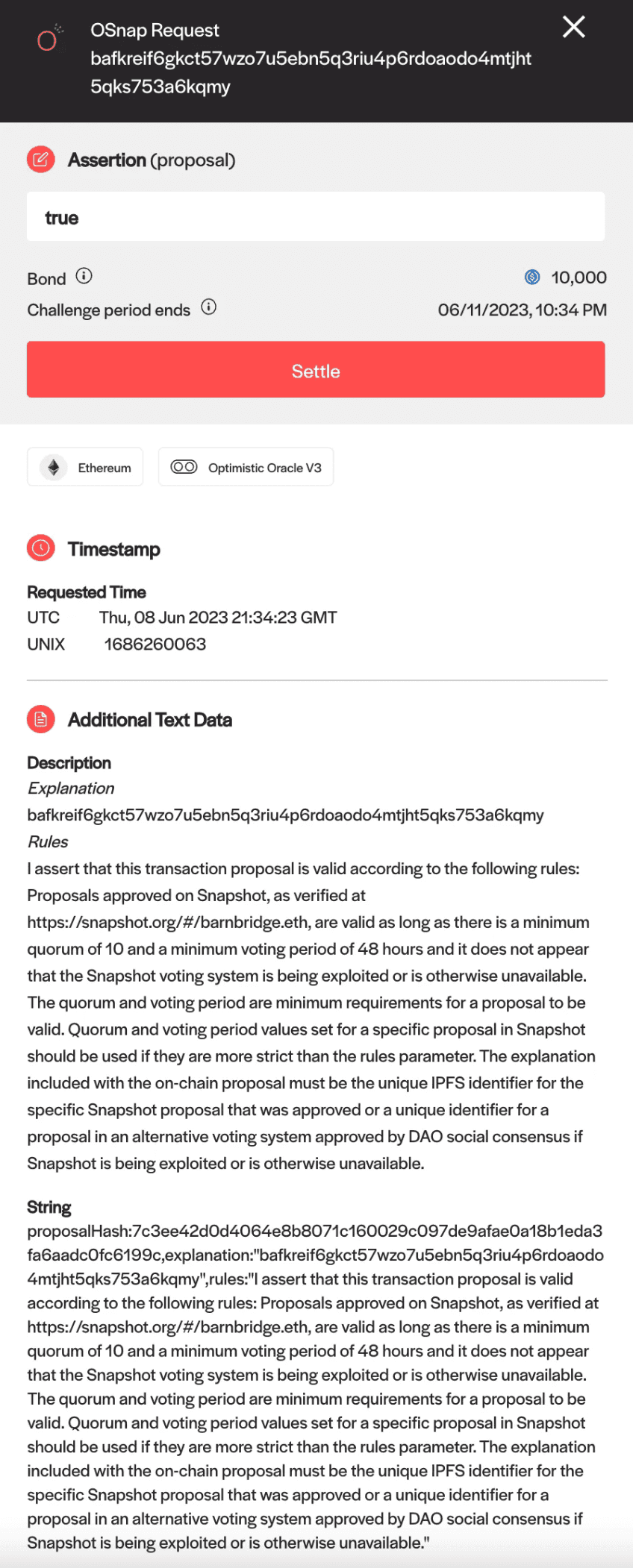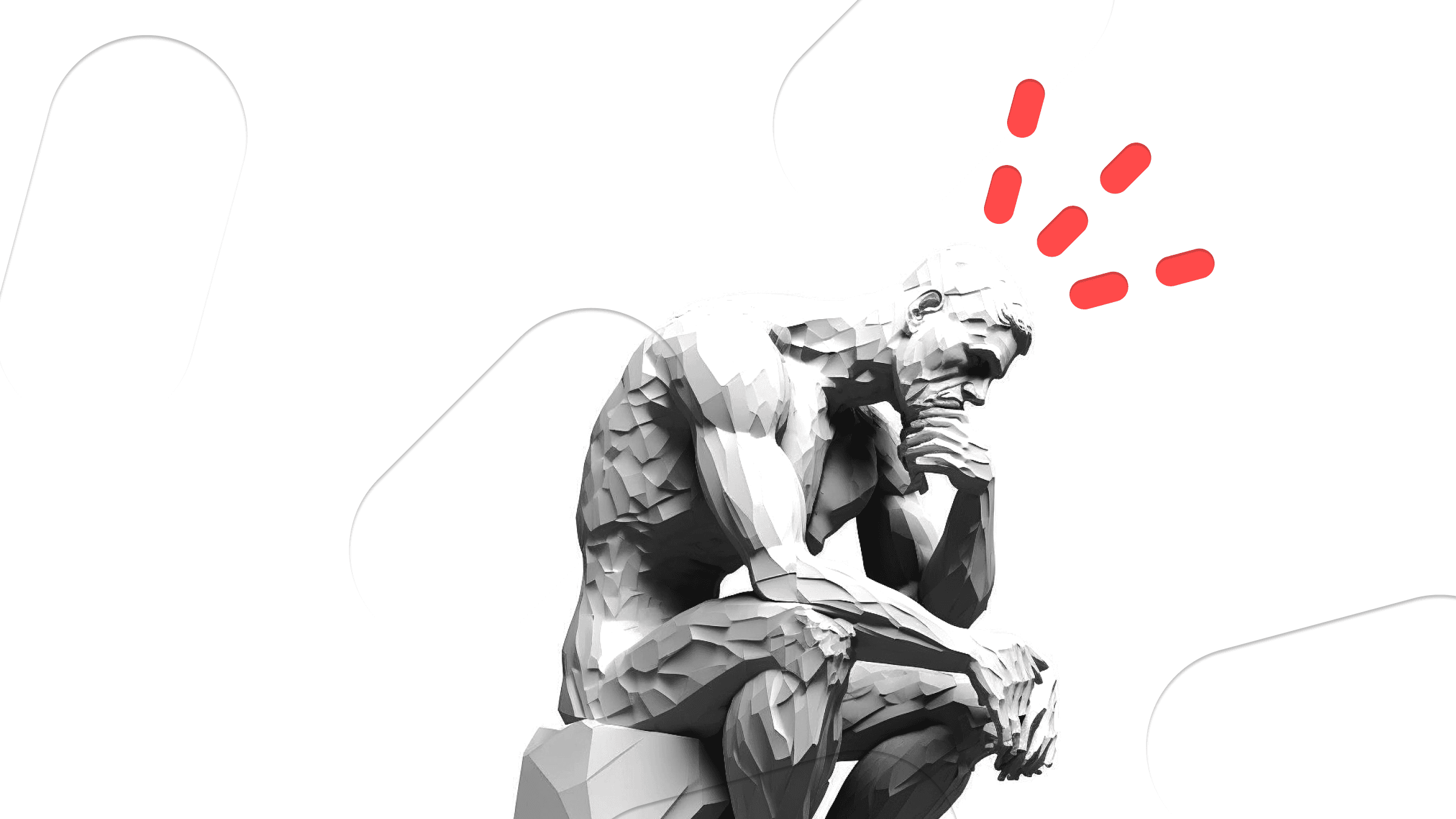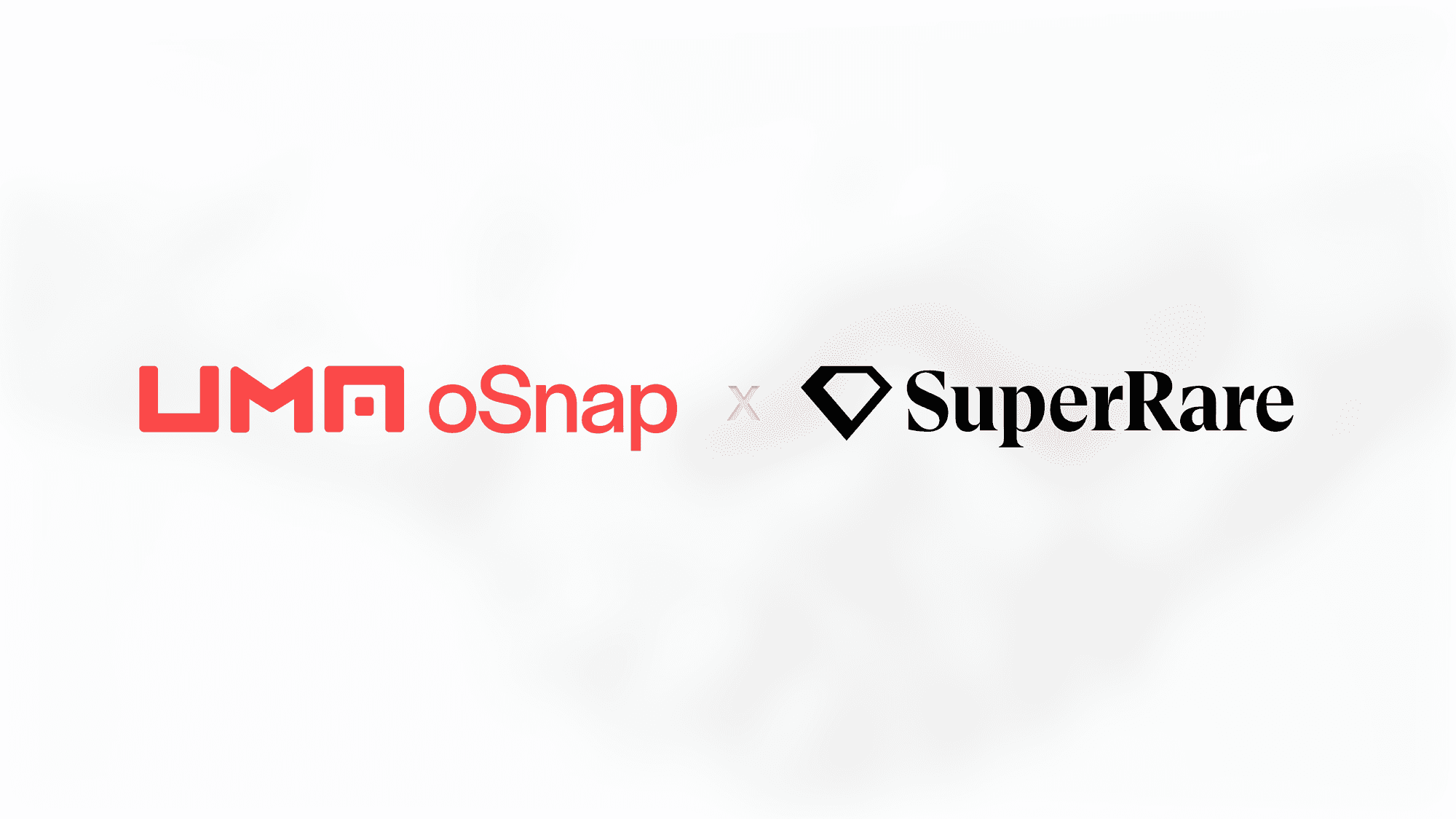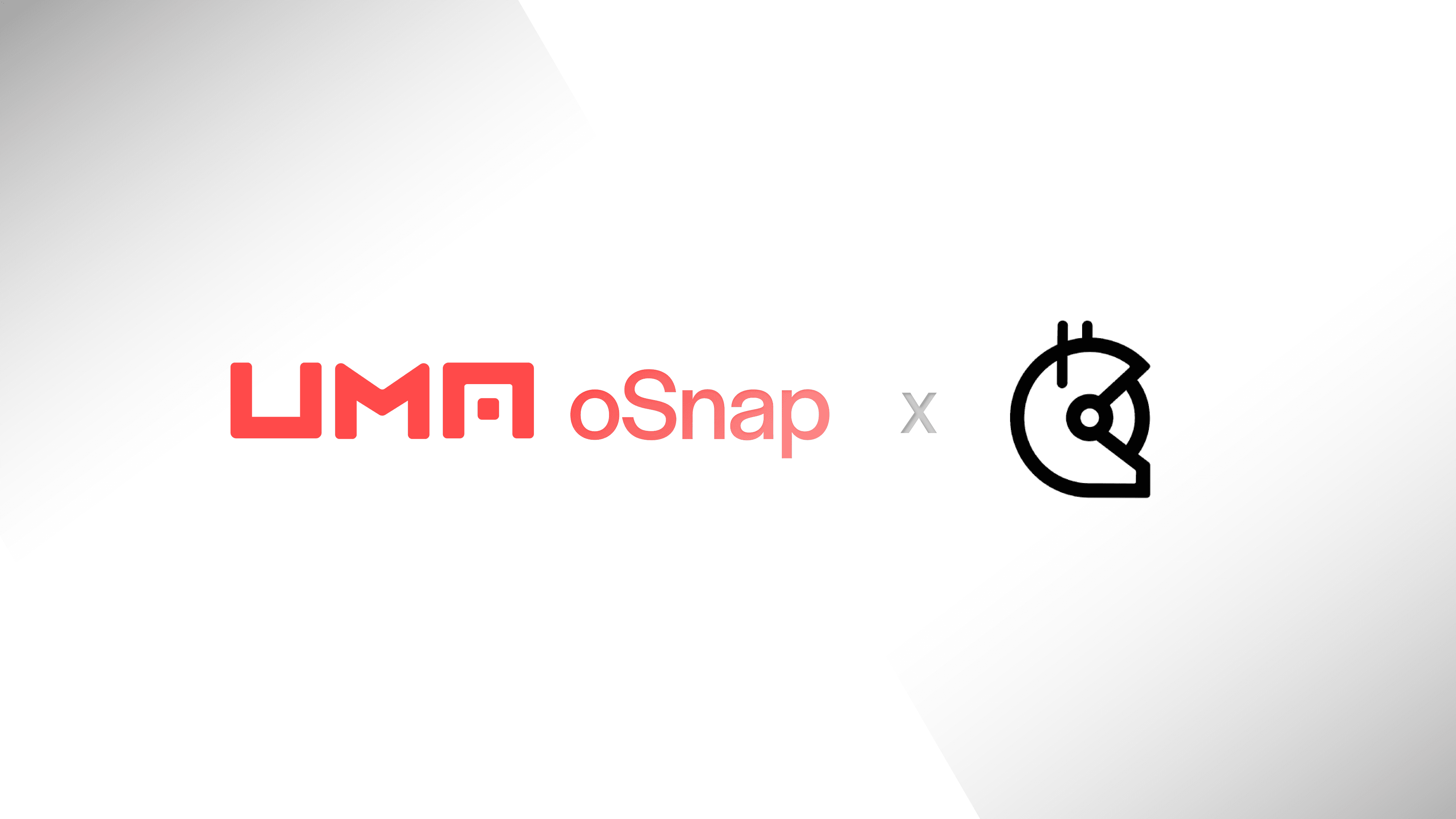Tldr; Decentralized Autonomous Organizations could change the way humans coordinate forever, but the nascent ecosystem faces many challenges today. oSnap’s trustless governance solution solves some of the biggest ones DAOs need to overcome.
Key takeaways:
While the DAO ecosystem shows huge promise, many DAOs face similar challenges.
oSnap enables Optimistic Snapshot Execution, helping DAOs stay decentralized, efficient, transparent, and secure.
Maintaining trustless governance via oSnap offers the DAO ecosystem a robust foundation to build on.
Decentralized Autonomous Organizations are one of the crypto ecosystem’s most promising innovations. In allowing individuals to unite around a common purpose, DAOs could change the way communities, businesses, and other organizations coordinate on a global scale if they reach their potential.
Yet the DAO ecosystem is still in the early stages of development in a burgeoning space. As DAOs navigate the path towards full scale decentralized governance, many of them face similar challenges. Among the biggest are executing voting outcomes on-chain while upholding decentralization, staying efficient, and maintaining security.
oSnap was developed to address these issues. Powered by UMA’s optimistic oracle, oSnap uses Snapshot’s off-chain voting mechanism and Safe wallets to help DAOs execute the outcomes of governance proposals on-chain in a trustless manner. When an oSnap proposal passes, any tokenholder can execute the transaction. This empowers DAO communities and optimizes for decentralization, autonomy, and organization.

oSnap stands for Optimistic Snapshot Execution. At the solution’s core is UMA’s OO, a Web3 protocol for serving any kind of data to smart contracts. UMA acts as a decentralized truth machine, verifying truths about the world and recording them on the blockchain. The OO powers a variety of different Web3 projects, and its place at the heart of oSnap is already beginning to change the DAO landscape. Learn more about integrating oSnap here and find out how the solution addresses common pain points for DAOs below.
Solving decentralization issues
The key goal for any DAO is to achieve trustless governance around a specific cause, purpose, or set of values; that’s why they’re called “Decentralized” Autonomous Organizations.
While many DAOs have made huge strides towards achieving this goal, staying true to crypto’s decentralized ethos might be the biggest challenge DAOs face. When DAOs need to come to an agreement on a proposal such as allocating $100,000 to a grant program, they typically use Snapshot voting to reach a decision on whether the funds should be spent in a decentralized manner. Yet passing a Snapshot vote does not let DAOs complete on-chain execution. To solve this problem, DAOs often fall back to a central team controlling a multi-sig wallet. This means a handful of individuals may be trusted to manage millions of dollars of treasury funds on behalf of the DAO.

oSnap solves this problem by removing reliance on multi-sigs. Though DAOs can use oSnap alongside multi-sigs today, the solution lets any tokenholder see a proposal through to execution once it passes.
In other words, oSnap champions true decentralization. In the future, we believe it could replace multisigs for DAOs entirely.
Removing inefficiencies and blockers
DAO governance can be slow and messy. Let’s say a tokenholder comes up with an idea to change the DAO’s new NFT collection because the community is unsold on the artwork. They post the proposal on the governance forum and the community spends weeks debating whether it’s a good idea, which causes price fluctuations in the NFT collection. The proposal then goes to a Snapshot vote, but the vote needs repeating after unclear results. The second vote passes, and then the artist is drafted in to revise the work so the team can change the metadata on the original drop. After two months, the collection’s floor price is 40% down, half the community has left, and the original proposal still hasn’t been completed.
In many cases, even after a proposal passes, it can take a long time to execute updates. The team may spend two weeks focusing on other priorities, or a multi-sig co-signer may lose access to the wallet due to illness or a vacation. But when an oSnap proposal passes, there’s no need for the DAO to wait around for a group of individuals to execute the results. Any tokenholder can go ahead and execute the transaction in Snapshot and the results will be pushed on-chain.
While DAOs often face obstacles, using oSnap ensures governance gets done smoothly and efficiently.
Preventing opaque management practices
While on-chain governance should make organizations more transparent in their operations, DAO members are not always able to track activities like treasury fund allocation. When a central group oversees a DAO’s funds, individuals may mishandle funds or make mistakes that impact the entire community.
oSnap helps DAOs operate with full transparency. Every community member sees the governance proposal via Snapshot, and proposal rules appear in language that anyone can read because humans verify the oracle. When the Snapshot vote ends, anyone can see whether the vote reached quorum and raise a dispute within the liveness period. Once the liveness period passes, on-chain execution sits with the community rather than falling back to a central team. The transaction gets executed, and the results appear on-chain where everyone can see them. This process is shown on UMA’s oracle dApp.

Opaque treasury management is one of the most common problems in the DAO ecosystem today. Though the vast majority of DAOs act with honest intentions, tokenholders often miss out on important fund-related updates due to teams taking full control of treasuries. When the community is responsible for treasury management, everyone can track the DAO’s activities and the opacity issue is solved.
oSnap allows DAOs to operate with greater transparency, benefiting all community members.
Eliminating ineffective governance
DAOs make governance open, involving community members in key decision making. This has obvious advantages: it reduces centralization and establishes alignment with crypto’s core principle. However, there are risks to creating an open governance structure. Many DAOs are presented with trivial or harmful proposals that go against the group’s core mission.
In the worst cases, groups of tokenholders may submit a dubious proposal and collude to push through a decision that the majority of the DAO disagrees with due to their superior voting power. Conversely, a DAO may come to an agreement on a proposal and then see a central team use their control to override the decision. A recent controversy involving Aragon and a group of “Risk-Free Value” hunters highlighted some of the problems that can occur with DAO governance. Aragon said in May that it was “repurposing the Aragon DAO” due to a coordinated attack from a group of tokenholders known as the “RFV Raiders”; the organization was widely criticized for the move.

oSnap eliminates the possibility of such incidents. When setting up an oSnap module, teams are required to set a number of rules, including the bond amount, liveness period, voting quorum, and voting period. This helps ensure proposers only submit valid proposals and disputers protect bad ones from passing. Additionally, if the quorum and voting period is high enough, there’s a greater chance that the whole DAO will have a chance to participate in the vote before it goes through to execution. If a proposal passes, the DAO can proceed to execution without trusting the team to make the transaction.
In short, oSnap makes governance more effective, removing harmful proposals and ensuring the DAO’s intentions are acted upon.
Removing security issues
DAO governance involves security risks. When a DAO oversees millions of dollars in assets, it can become a target to bad actors. These actors may include internal team members, tokenholders, or other external parties. DAO governance frequently involves communities voting on how large sums of money should be spent, and a harmful proposal can lead to dishonest value extraction. Similarly, if a small group oversees the DAO’s whole treasury, one actor could decide to act with malfeasance for their own financial gain.
oSnap helps DAOs stay secure as it is powered by UMA. As an early Ethereum project that verifies data and records it on-chain trustlessly, UMA stays true to crypto’s core tenet: decentralization. The OO is verified by humans, and it only takes one disputer to prevent a bad proposal from passing. For DAOs using oSnap, this helps ensure that every governance decision can be assessed within a liveness period before the results get executed on-chain.
oSnap uses Web3’s most robust and versatile oracle, meaning DAOs benefit from safety and security.
Pushing the DAO ecosystem forward
While still in its early stages, the DAO ecosystem has some hurdles to overcome. oSnap solves many of the space’s biggest challenges by enabling trustless governance. This allows for greater transparency and efficiency while maintaining security and decentralization. In the future, we see the DAO ecosystem growing larger, and we envision trustless execution serving as modus operandi for many more projects. As Web3’s Optimistic Snapshot Execution tool, oSnap is ushering in this future today.
If you want to learn more about oSnap or you’re interested in integrating the solution into your project, reach out via integrations@uma.xyz, say hi via Twitter or Discord, or fill out our partnerships form here.
Words by @dreamsofdefi



